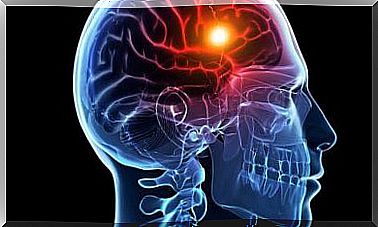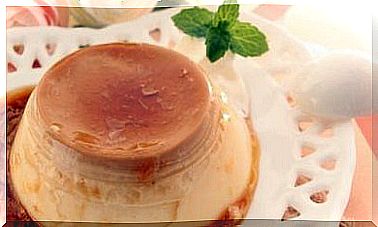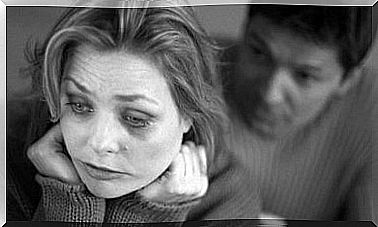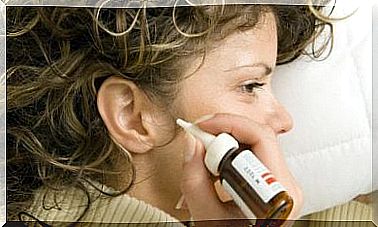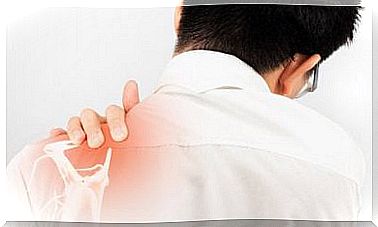Light Or White Stools: Causes And Treatment
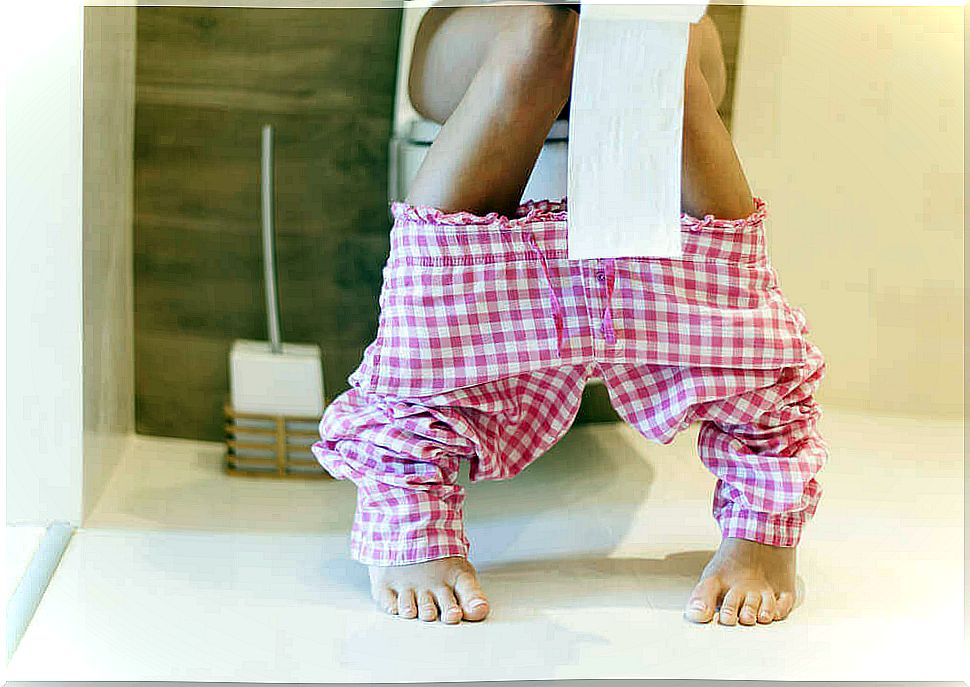
Your stools can range from different shades of brown to even green or black. However, white stools are not normal and require immediate attention.
Your stool can give you a lot of information about the health of your gut and digestive system. A change in color may indicate an infection or disease.
Light or white stools
If your stools are light or white in color, this is a sign that you have a problem with your bile duct system (the pancreas, liver, or gallbladder). The brown color of your stool comes from the bile salts that your liver excretes.
If your stools are white, it means you have an inflammation of the liver that slows bile production or an obstruction of the bile ducts. Your digestive system may also not be able to properly absorb fats. If your stools are rather light (yellow or gray) in color and quite oily, this indicates a condition known as “colitis.”
It is normal to experience problems during your life. Changes can occur that range from simple and temporary to alarming and life-threatening.
These changes can occur in the color of your stool, as well as in the consistency or smell.
Causes of White Stool
If you see that your stool is white, it could be due to one of the following reasons.
1. Medicines
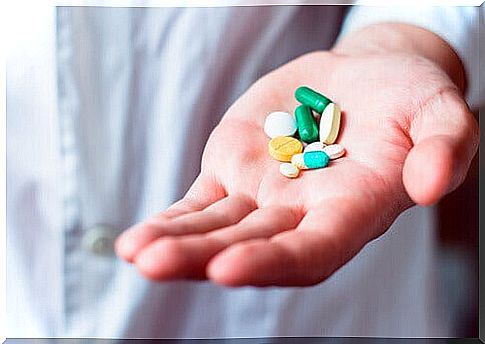
Some medications can cause the color of your stool to change.
Antibiotics in particular often have this side effect, such as those used to treat infections such as tuberculosis or intestinal problems such as diarrhea. Anti-inflammatory drugs and birth control pills can also cause white stools in some cases. Anabolic steroids can cause drug-induced hepatitis and thus cause the stool to turn white.
These symptoms usually disappear within a few weeks after you stop taking the drugs.
2. Hepatitis
We speak of hepatitis when your liver becomes inflamed. This is usually caused by a virus, resulting in hepatitis A, B or C. Unfortunately, hepatitis C is most dangerous if not treated in time. In that case, it can be deadly.
One of the symptoms of hepatitis is a light or white stool, which in this case is caused by a malfunctioning liver.
3. Alcoholic hepatitis

The name says it all, this disease is caused by an excessive consumption of alcohol. It causes the liver to become inflamed. How long it takes for this problem to occur depends on the amount of alcohol you drink.
Symptoms include fatigue, swelling, hepatic encephalopathy, and jaundice.
Alcoholic or viral hepatitis can lead to cirrhosis of the liver.
4. Primary Biliary Cirrhosis
Primary Biliary Cirrhosis is a chronic liver disease that is irreversible in the terminal stages. It occurs when your liver cells are destroyed.
This condition causes irritation and inflammation of the bile ducts of the liver. The flow of bile stops, causing damage to the liver cells. Cirrhosis is the scarring that occurs as a result.
One of the many consequences of cirrhosis is that your stools turn white.
5. Cancer
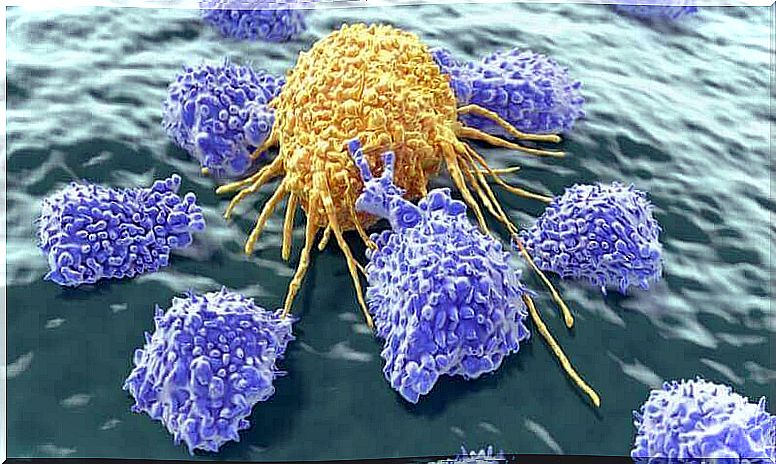
Some cancers can cause light or white stools, which are accompanied by fatigue.
Pancreatic cancer, bile duct cancer, and other cancers that block the bile ducts cause your stools to turn pale yellow or gray in color. This is due to a lack of pancreatic enzymes.
This can also lead to fatigue because your body is unable to fully digest food and thus not fully absorb the nutrients, resulting in malnutrition.
6. Gallstones
Gallstones are solidified waste products in the gallbladder that eventually obstruct the flow of bile.
They consist of hardened cholesterol or bilirubin. When the gallstones are very large, they can block the bile ducts, making your stools light or white in color.
If the gallstones do not disappear with medication, they may need to be crushed or surgically removed.
7. Primary Sclerosing Cholangitis
Primary sclerosing cholangitis is a disease in which the bile ducts have become inflamed or scar tissue has formed in the bile ducts.
This disease is caused by a decrease in bile flow, resulting in a lack of color.
However, this disease can be treated with drugs or surgery.
Diagnosis and Treatment of White Stool

The appearance of white stools is a serious problem that you should discuss with your doctor promptly. We can then look at the cause and determine how to treat the problem.
To get an accurate diagnosis you will need the following tests:
- Blood tests to determine if there is an anomaly.
- A CT scan to get images of the inside of your body,
- Endoscopic retrograde cholangiopancreatography (ERCP), a special type of MRI that captures detailed images of the biliary system.
- An abdominal ultrasound to get images of your organs and verify that everything is in place.
- Liver function test.
- Surgery to detect problems in the bile ducts.
Once you have treated the cause of the problem, your stool should return to a normal color. However, if your problem cannot be treated, the change may be permanent.
White stools in children – causes and treatment
It is always important to be aware of your children’s bowel movements as it can help you identify health problems.
White stools and diarrhea are common in children, sometimes due to milk or other products that their bodies cannot tolerate well.
It is important to always be aware of the possible causes of white stools and what the most appropriate treatment might be.
Causes Of White Stool In Children
- The quality, quantity and composition of the things they eat.
- Consumption of cold foods.
- Poor absorption of food due to a parasite that damages the intestines.
- Hepatitis, because the liver does not function properly to maintain the necessary bile production.
Treatment for light or white stools in children
The first thing you should do is make an appointment with your doctor. Your doctor will check the bacterial cultures of your child’s stool.
Next, it’s important to make sure your child gets enough fluids to prevent dehydration. Children need a lot of water and mineral salts.
There are also germs that can cause white stools and in this case it will be necessary to treat the problem with an antibiotic.
Never give your child antidiarrhoeal medicines containing loperamide without first getting a prescription from a doctor.

